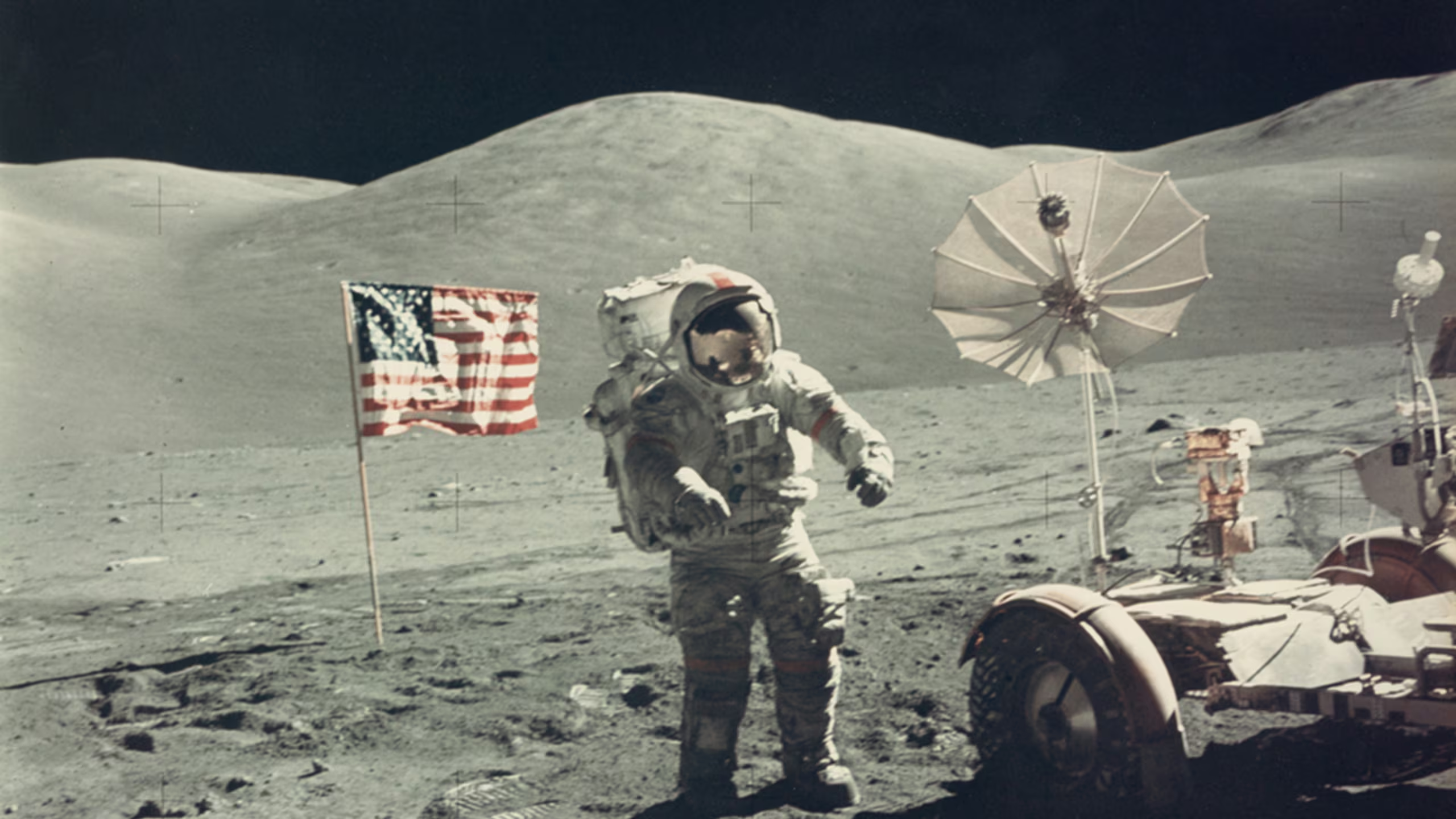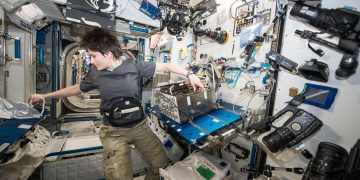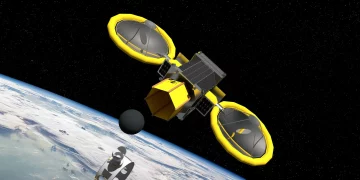Introduction
In recent years, space exploration has transitioned from a primarily government-driven activity to a dynamic field that involves a variety of private companies, national governments, and international organizations. This evolution has given rise to a new kind of space race, one where innovation, strategic interests, and geopolitical maneuvering intertwine. The new space race is not just about technological achievement or scientific exploration; it’s also reshaping global relations, with profound implications for national security, economic power, and international cooperation.
This article will explore how the new space race is impacting global relations, delving into the role of space as a strategic asset, the balance between international cooperation and competition, the concept of space diplomacy, and the potential geopolitical shifts driven by advances in space technology.
Space as a Strategic Asset
National Security and Defense: How Space Exploration and Satellite Capabilities Impact National Security, Cyber Warfare, and Military Strategy
Space has always been a strategic asset, but its importance has grown exponentially in recent decades as nations have increasingly relied on space-based technologies for defense, intelligence, and communication. Satellites play a crucial role in global security, providing services such as navigation, weather monitoring, communications, and surveillance. In this new space race, control over space capabilities is seen as vital to maintaining national security.
The United States, China, and Russia have all made significant investments in space-related military technologies. The U.S. military, for instance, has long been a leader in space-based assets, with its Space Force created in 2019 to ensure American dominance in space. China, with its rapidly growing space program, has made strides in developing advanced military satellites, including those used for anti-satellite (ASAT) technologies. Russia, similarly, continues to develop its own space defense capabilities, with a focus on both reconnaissance and counterspace operations.
The implications for global relations are profound. The militarization of space raises the stakes of international tensions, especially as more nations pursue similar technological advancements. Space-based systems are crucial for modern military strategies, including surveillance, missile defense, and communication, making them central to both defense planning and deterrence. The prospect of an arms race in space, particularly as nations develop weapons capable of disabling or destroying satellites, underscores the growing importance of space in the geopolitics of the 21st century.
Moreover, space exploration has become intertwined with cyber warfare. Satellites are essential to the global communication infrastructure, meaning that attacks on these assets could have cascading effects on the global economy and military operations. In the event of a conflict, space could become a key battleground for cyber attacks and electronic warfare, as nations seek to disrupt the space systems of their adversaries.
Space Resource Exploration: The Potential for Mining Resources from the Moon and Asteroids and Its Geopolitical Implications
Beyond defense, space exploration holds enormous potential for resource extraction, and this could have dramatic geopolitical implications. The Moon and asteroids contain vast amounts of precious metals, water, and rare minerals, all of which are crucial for advancing technology on Earth. For instance, platinum-group metals, which are rare on Earth, are abundant in asteroids. Similarly, the Moon’s polar regions contain water ice, which could potentially be mined and converted into rocket fuel or used for human life support systems.
The growing interest in space resource mining is likely to exacerbate geopolitical competition. Just as the discovery of new resources in the past has led to conflicts over territorial claims and exploitation, space resource exploration could trigger new disputes. Countries and private companies alike are already positioning themselves to exploit these resources. The U.S., for example, passed the U.S. Commercial Space Launch Competitiveness Act in 2015, which allows American companies to claim ownership of space resources they extract. Other nations, including China and Russia, have expressed similar ambitions and are also pursuing legislation that would allow them to extract and claim space resources.
This emerging “space race for resources” raises questions about ownership and control. The Moon and asteroids are not part of any sovereign territory, and current international treaties, such as the 1967 Outer Space Treaty, assert that space should be explored for the benefit of all mankind. However, as technology advances, the ability to mine and extract resources from space will become a reality, creating challenges around the allocation of rights and the potential for new forms of economic and geopolitical rivalry.
The race to control these resources could become a flashpoint for conflict. Countries may compete to establish bases on the Moon or asteroid mining outposts, creating new areas of tension. This competition for control over space-based resources could reshape global trade dynamics, especially if space resources become integral to Earth-based industries.
International Cooperation vs. Competition
Collaborative Efforts: International Partnerships like the ISS and the Artemis Accords. The Benefits and Challenges of Working Together in Space
While competition in space exploration is increasing, international cooperation remains a vital aspect of space exploration. Some of the most successful space missions in history have been joint efforts between nations, and collaboration continues to play a central role in space exploration today. The International Space Station (ISS) is a prime example of such cooperation, with the U.S., Russia, Europe, Japan, and Canada working together to build and operate the station.
The ISS serves as a platform for scientific research, technological development, and international diplomacy. Through the ISS, countries have shared resources, expertise, and data, working toward common goals in space science. The station has also become a symbol of peaceful collaboration in a field where geopolitical rivalries could otherwise lead to conflict.
The Artemis Accords, launched by NASA in 2020, are another example of international collaboration. The Accords outline the principles for cooperation in the exploration of the Moon, Mars, and beyond, emphasizing peaceful exploration, transparency, and the responsible use of space resources. While the U.S. has been the primary driver of this initiative, several nations, including Canada, Japan, and several European countries, have signed on to the Accords. This cooperative framework could help ensure that lunar exploration remains peaceful and collaborative, fostering an environment of shared success and minimizing the risks of conflict.
Despite the positive examples of international cooperation in space, the new space race is also marked by rivalries and competition, particularly among the United States, China, and Russia. As space becomes a more valuable and contested domain, the potential for friction and rivalry grows, especially as nations seek to assert dominance over lunar exploration and space-based resource extraction. Competition may push countries to develop exclusive technologies, restrict access to certain regions of space, or even challenge each other’s territorial claims.

Rivalries and Tensions: Growing Competition Between Countries like the U.S., China, and Russia Over Space Dominance
The competition for dominance in space is especially evident in the rivalry between the U.S., China, and Russia. These nations are actively pursuing their own ambitious space programs, and the growing strategic importance of space has made it a new frontier for geopolitical competition.
China has rapidly become a major player in space exploration, with its Chang’e missions to the Moon, Mars rover missions, and plans to establish its own space station, Tiangong. The Chinese government has made space exploration a priority, and its ambitious goals for space development are a direct challenge to U.S. space dominance.
Russia, once a leader in space exploration, continues to prioritize space in its national security strategy. While its space program has faced challenges, Russia remains a key partner in international space collaborations such as the ISS. However, Russia’s ambitions in space, combined with its increasing tensions with the West, could make space a new domain of rivalry between Russia and NATO countries, particularly the U.S.
As these nations compete for influence in space, the geopolitical landscape may become more fraught, with tensions escalating as space exploration becomes more integral to global power dynamics.
Space Diplomacy
Regulation and Treaties: The Role of International Organizations like the UN and the Outer Space Treaty in Managing Conflicts and Ensuring Peaceful Space Exploration
Given the growing importance of space, the role of space diplomacy becomes more critical than ever. Space diplomacy refers to the efforts by governments and international organizations to prevent conflicts in space, regulate space activities, and ensure the peaceful use of outer space.
The United Nations (UN) plays a key role in space diplomacy, particularly through its Committee on the Peaceful Uses of Outer Space (COPUOS). COPUOS is tasked with developing international agreements and guidelines for space exploration, and it has been instrumental in establishing the Outer Space Treaty of 1967, which remains the cornerstone of international space law. The Outer Space Treaty asserts that space exploration should be conducted for the benefit of all countries, and it prohibits the militarization of space, ensuring that space remains free for peaceful use.
In addition to the Outer Space Treaty, various other international agreements, such as the Rescue Agreement and the Liability Convention, help regulate space activities. These treaties provide a framework for resolving conflicts, ensuring that space exploration remains a cooperative, rather than adversarial, activity.
However, as the new space race intensifies and the interests of nations become more divergent, space diplomacy will be put to the test. The emergence of new space actors, the potential for resource disputes, and the militarization of space all create new challenges for international cooperation. Space diplomacy will need to evolve to address these challenges, ensuring that space exploration remains an arena for peaceful collaboration rather than conflict.
Conclusion
The new space race is reshaping global relations in profound ways. Space has become a strategic asset, driving competition and cooperation alike. The potential for space-based resource exploration, the growing militarization of space, and the increasing number of space actors all point toward a future in which space will be a critical domain for global power dynamics.
As nations compete for dominance in space, international collaboration will remain crucial for ensuring that space exploration is conducted responsibly and peacefully. The rise of space diplomacy, backed by international treaties and agreements, will be essential in managing the challenges that arise from this new race. Ultimately, the new space race will likely reshape the geopolitical landscape, blending cooperation with rivalry as countries work to secure their place in the final frontier.


















































Discussion about this post